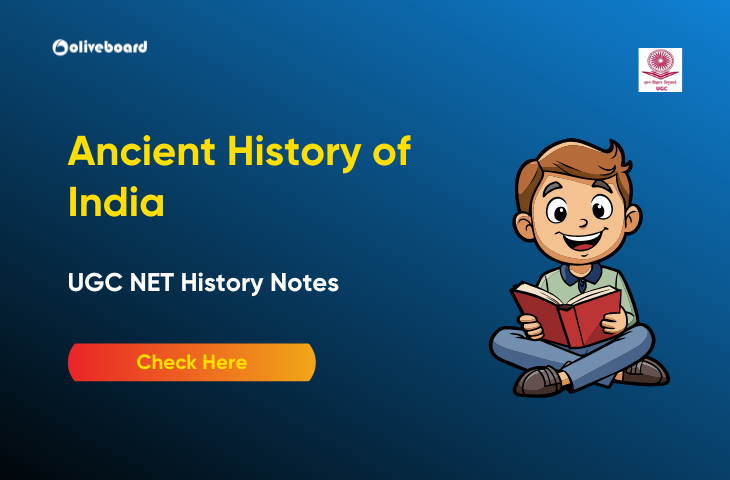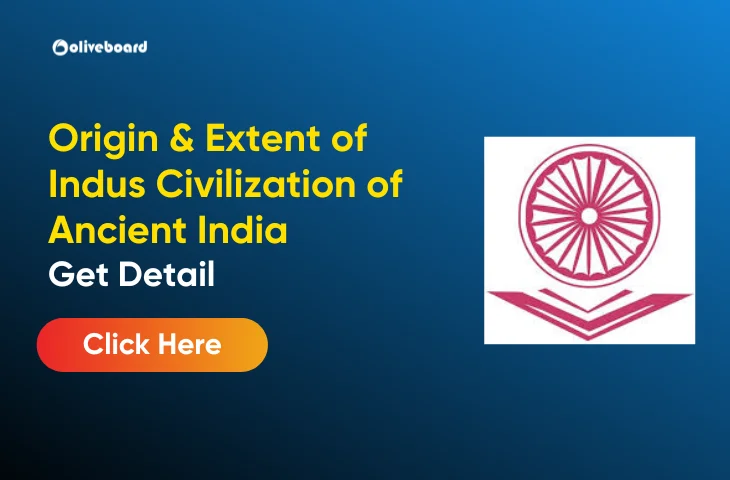The Indus Civilization, also known as the Harappan Civilization, was one of the worlds earliest urban cultures, flourishing from approximately 2500 BCE to 1900 BCE. Its sophisticated cities, advanced technologies, and impressive societal organization make it a significant subject of study in ancient history. This article explores the origin and extent of the Indus Civilization, shedding light on its beginnings and geographical span.
Origin of the Indus Civilization
The origin of the Indus Civilization can be traced back to early agrarian communities that settled along the banks of the Indus River and its tributaries. These communities gradually evolved into a complex urban society over several centuries. By around 3300 BCE, the earliest known pre-Harappan settlements began to emerge, such as Mehrgarh, located in present-day Pakistan. This Neolithic site is considered one of the starting points of the civilization, marking the transition from small farming villages to larger urban centers.
Key Factors Behind the Civilization’s Growth
Several factors contributed to the development of the Indus Civilization:
- Fertile Land: The Indus River Valley provided rich soil due to its annual flooding, which supported agriculture.
- Water Resources: Proximity to rivers allowed easy access to fresh water for farming and daily life.
- Trade Networks: The civilization’s location facilitated trade with Mesopotamia, Persia, and other nearby regions.
- Technological Innovations: Advances in agriculture, pottery, and metallurgy played crucial roles in economic growth and urbanization.
Extent of the Indus Civilization
The extent of the Indus Civilization was vast, covering an area of about 1.25 million square kilometers. It stretched across modern-day Pakistan, northwestern India, and parts of Afghanistan and Iran. The civilization consisted of numerous cities, towns, and villages, with some of the most prominent urban centers being Harappa, Mohenjo-Daro, Dholavira, Lothal, and Rakhigarhi.
Major Sites of the Indus Civilization
The major sites of the Indus Civilization include Harappa, Mohenjo-Daro, Dholavira, and Lothal. These ancient cities were known for their advanced urban planning, trade, and architecture.
| Site | Location | Significance |
| Harappa | Punjab, Pakistan | One of the first discovered Indus cities, known for its planned streets and granaries. |
| Mohenjo-Daro | Sindh, Pakistan | The largest city of the civilization, famous for the Great Bath and advanced drainage systems. |
| Dholavira | Gujarat, India | Noted for its unique water conservation system and urban layout. |
| Lothal | Gujarat, India | A major port city that facilitated trade with distant regions like Mesopotamia. |
| Rakhigarhi | Haryana, India | One of the largest Indus settlements, offering insights into the civilization’s rural life. |
Geographic Spread
The Indus Civilization extended from the foothills of the Himalayas in the north to the Arabian Sea in the south. To the east, it reached the Yamuna and Ganges river valleys, while to the west, it stretched into Balochistan. The civilization’s geographical expanse included diverse landscapes, from the fertile plains of the Indus to arid regions and coastal areas.
Urban Planning and Architecture
The urban planning of the Indus cities was highly advanced for its time. The cities were organized into a grid-like pattern, with wide streets, well-constructed buildings, and an efficient drainage system. Some key architectural features include:
- Granaries: Centralized storage facilities for surplus grain.
- Great Bath: Found in Mohenjo-Daro, it is believed to have been used for religious or ceremonial purposes.
- Drainage Systems: Underground drains connected to each house, indicating a focus on hygiene and sanitation.
- Public Buildings: Large halls and assembly areas for administrative and civic functions.
Social Organization
The Indus Civilization appears to have had a highly structured social hierarchy. Archaeological evidence suggests the existence of different classes, with the elite living in larger, more elaborate homes and the common people residing in simpler dwellings. Despite this, there is no concrete evidence of grand palaces or temples, which hints at a society that may have placed less emphasis on centralized authority or monumental architecture.
Economy of the Indus Civilization
The economy of the Indus Civilization was primarily based on agriculture, trade, and craft production. Key agricultural products included wheat, barley, peas, and cotton, with cotton textiles being one of the civilization’s major exports.
Trade Networks
The Indus people engaged in long-distance trade with other ancient civilizations, such as Mesopotamia and Persia. Items like beads, pottery, and metal objects were traded, often transported via river routes or by sea. Lothal, with its dockyard, played a crucial role in facilitating maritime trade.
Craft Specialization
Craftsmanship in the Indus Civilization was highly developed, particularly in the fields of:
- Pottery: Intricately designed and often mass-produced for domestic and ceremonial use.
- Jewelry: Made from gold, silver, and semi-precious stones, these items were popular trade goods.
- Metallurgy: The civilization was skilled in working with copper, bronze, lead, and tin.
Decline of the Indus Civilization
Despite its impressive achievements, the Indus Civilization began to decline around 1900 BCE. Several theories have been proposed to explain this:
- Climate Change: Shifts in the monsoon patterns and the drying up of the Saraswati River may have led to agricultural decline.
- Invasion Theories: Some historians suggest that invasions by Aryan tribes may have contributed to the civilization’s fall.
- Ecological Factors: Overuse of natural resources, including deforestation and soil degradation, could have led to economic collapse.
By 1300 BCE, most of the major cities of the Indus Civilization had been abandoned, marking the end of one of the world’s first urban cultures.
Conclusion
The origin and extent of the Indus Civilization represent a remarkable chapter in human history. From its humble beginnings along the Indus River to its vast urban sprawl across South Asia, the Indus people demonstrated unparalleled ingenuity in urban planning, trade, and craftsmanship. Although the civilization eventually declined, its legacy continues to be a source of fascination and scholarly inquiry.
Origin and Extent of Indus Civilization – FAQs
Ans. The Indus Civilization originated along the Indus River and its tributaries, primarily in present-day Pakistan.
Ans. The Indus Civilization spanned over 1.25 million square kilometers, covering parts of modern-day Pakistan, India, Afghanistan, and Iran.
Ans. Major cities include Harappa, Mohenjo-Daro, Dholavira, Lothal, and Rakhigarhi.
Ans. Possible reasons include climate change, invasions, and ecological degradation.
Ans. The economy was based on agriculture, trade, and craft production.
- Ancient History of India – UGC NET History Notes

- Emergence of Regional Powers in Early Medieval India- UGC NET History Notes

- Emergence of Heterodox Sects – UGC NET History Notes

- UGC NET History Previous Year Question Paper, PDF Download

- Sangam Literature – UGC NET History Notes

- Mauryan Art and Architecture – UGC NET History Notes


Hello there! I’m a dedicated Government Job aspirant turned passionate writer & content marketer. My blogs are a one-stop destination for accurate and comprehensive information on exams like Regulatory Bodies, Banking, SSC, State PSCs, and more. I’m on a mission to provide you with all the details you need, conveniently in one place. When I’m not writing and marketing, you’ll find me happily experimenting in the kitchen, cooking up delightful treats. Join me on this journey of knowledge and flavors!
